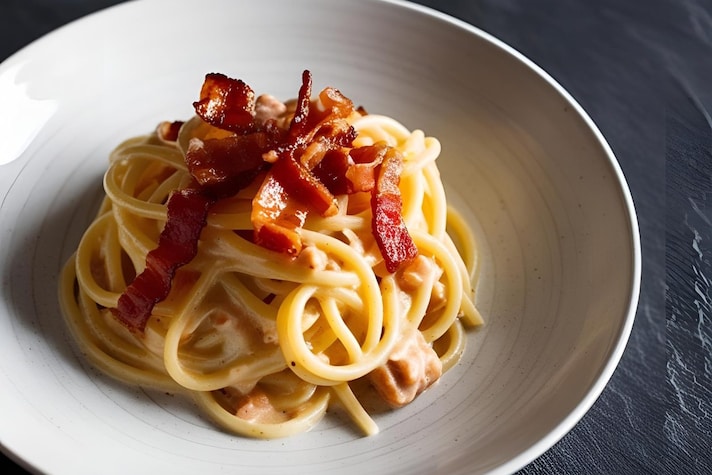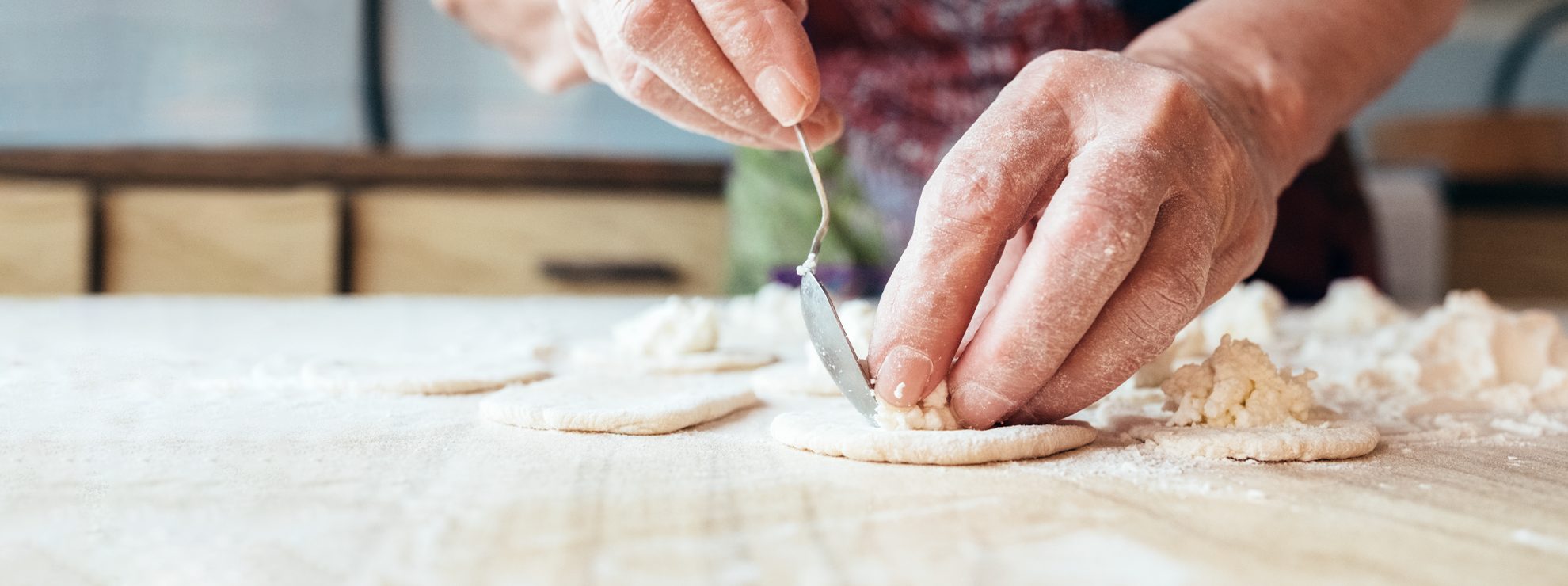
It has become nearly impossible to distinguish a real image from one created by artificial intelligence. But when we do manage to recognize it, the latter can often make us feel uneasy, as a group of researchers from the University of Duisburg-Essen in Germany has demonstrated. A recent study published in Appetite analyzed the results of several questionnaires that asked participants to judge certain AI-created images based on their uneasiness, warmth, and realism, attempting to identify the mechanisms underlying these perceptions.
The Study
The research team asked 95 participants to rate 38 AI-generated food images: six that were more realistic, six that were less realistic, 20 that were imperfect, and six that showed rotten food. The results showed that the realistic and unrealistic images were considered more pleasant; conversely, the imperfect images, which were almost real but had some small AI-generated defects, were judged as more disturbing.
The results were also interpreted based on a questionnaire in which they were asked to rate their level of neophobia and food disgust on a scale of 1 to 100. The data collected showed that a high level of neophobia corresponded to a higher level of anxiety regarding the images created by artificial intelligence; in the case of food disgust, however, no significant correlation was found. Interestingly, however, the data showed that people with a higher body mass index were more likely to find imperfect images pleasant.
A Disturbing Valley
The research team explained how these feelings of discomfort can be explained by referring to Masahiro Mori's "uncanny valley" hypothesis. The Japanese scholar, in his 1970 essay, explained how, compared to robots and anthropomorphic automatons, people initially feel attracted, experiencing a certain pleasantness and familiarity, until they reach a limit where the extreme realism begins to provoke feelings of repulsion and uneasiness, entering what he defines as the "uncanny valley." This phenomenon has over time also been extended to animals and inanimate objects and, although Mori never mentioned it in reference to food, the researchers demonstrated that the graph produced by their results showed the same curve compared to studies that analyzed the uncanny valley hypothesis with other subjects, thus extending the concept to the world of food as well.
It's possible that the reasons why AI-generated images generate anxiety stem from our survival instinct and our ability to recognize danger, considering those foods harmful to our health: the imperfect foods in the images could be associated with spoiled, moldy, and contaminated foods, thus generating the same disgust in us. The risk, however, is that our analysis could lead us to negatively evaluate certain foods, even if they are qualitatively perfect, simply because of small aesthetic imperfections.

Risk in Advertising Campaigns
The researchers also addressed the risks that advertising agencies in the sector might face. In light of these findings, it's recommended to be particularly careful when using them, as even a small imperfection could transform an image from attractive to disturbing. Although technology and artificial intelligence have made great strides, it's likely that image creation is still in its infancy. Therefore, if you intend to use this type of content in menus or on billboards, you need to take the utmost care in designing it to avoid arousing negative emotions in people.
;Resize,width=767;)
